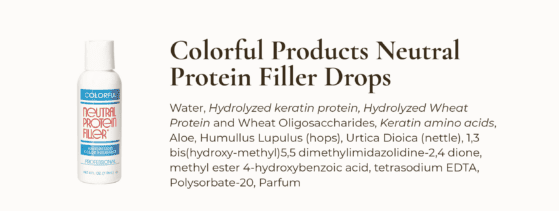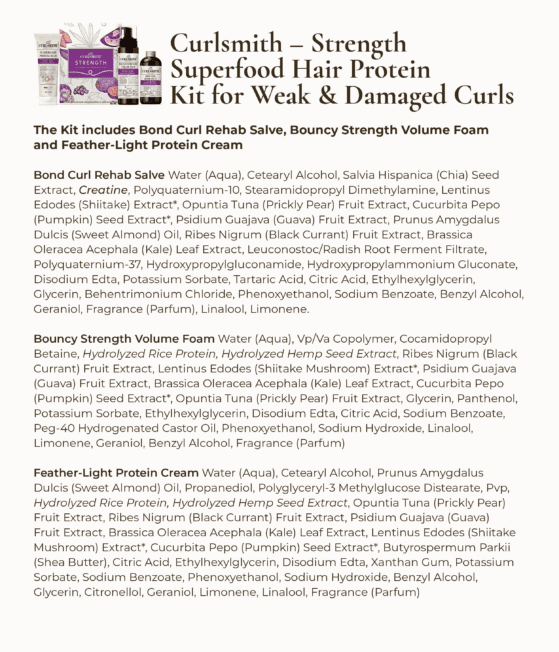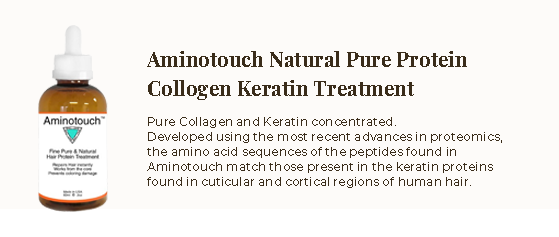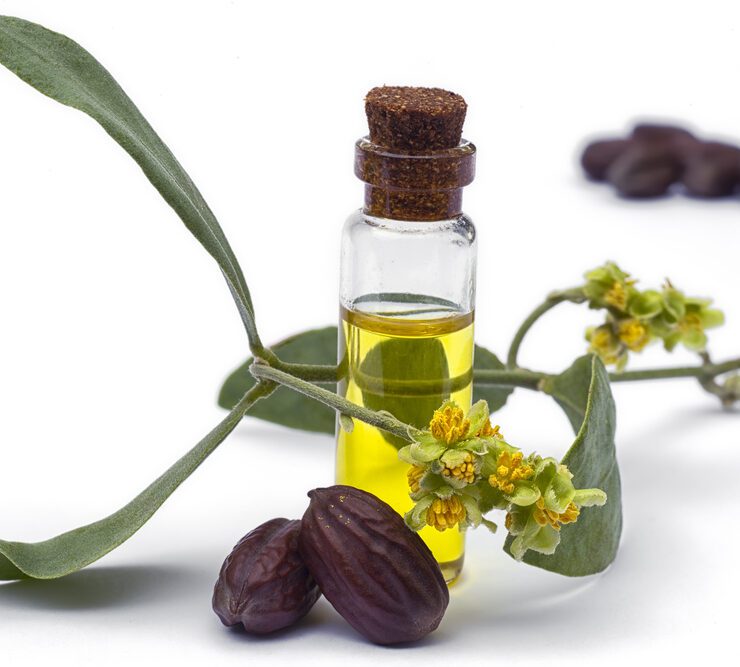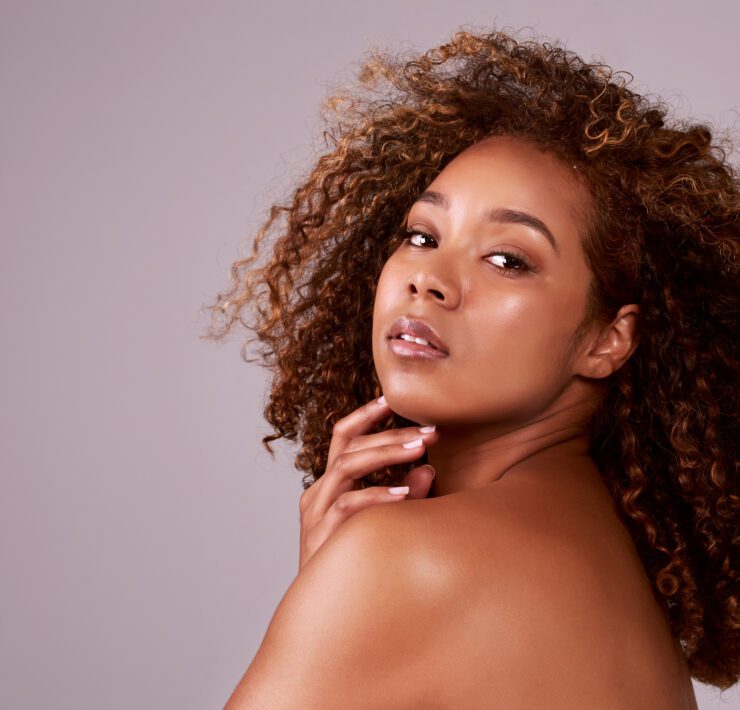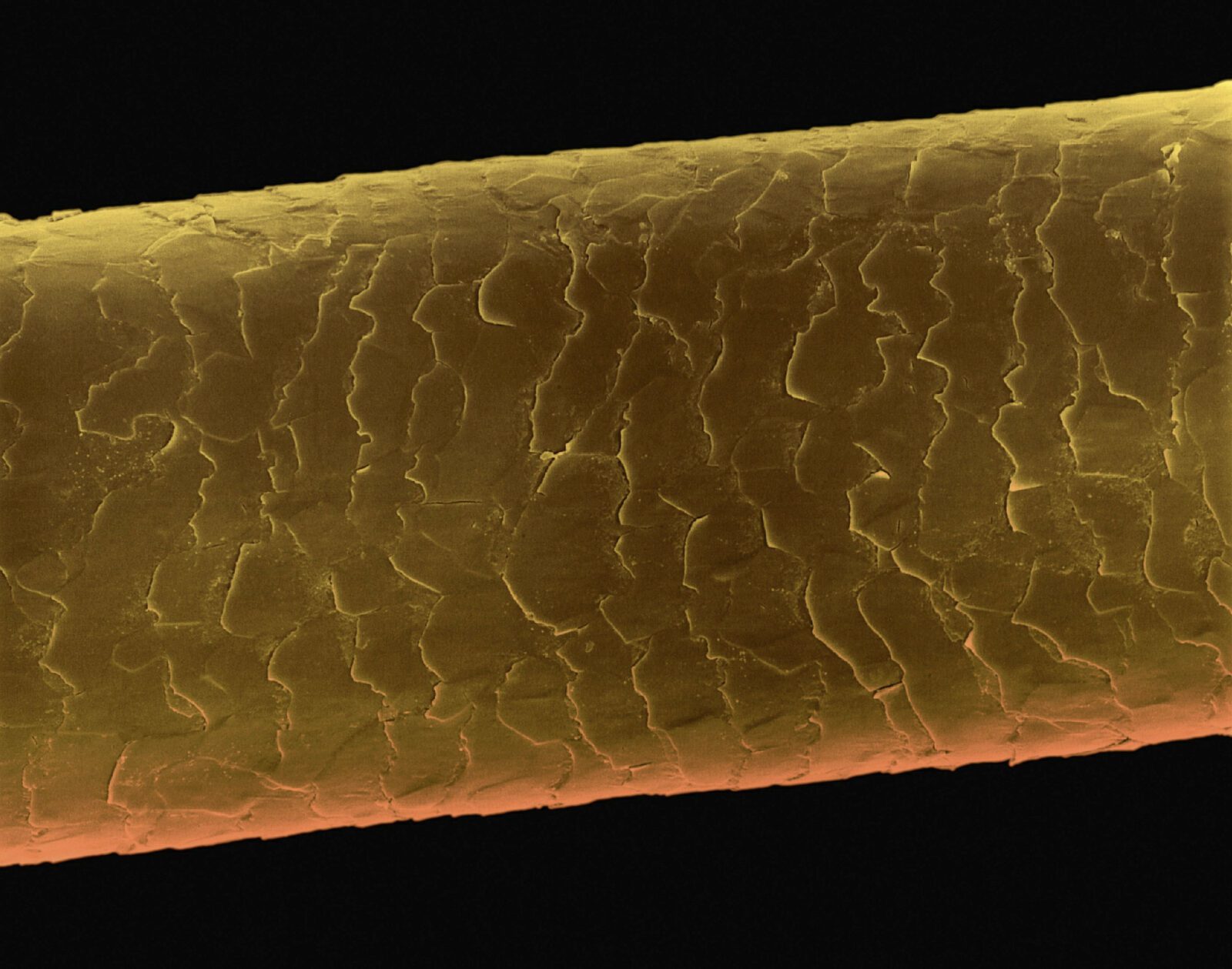
Our hair is made of protein, a protein primarily known as keratin. Scales, nails, feathers, horns, claws, and hooves, for example, are also made of keratin. Proteins are large complex molecules. Depending on how curly or healthy your hair is, the cuticle may be lifted, causing gaps. These gaps in the cuticle layer allow moisture and nutrients to escape, which ultimately weakens the protein chains inside the hair. Hair may also lose its proteins as a result of chemical treatments (bleaching, perms, straightening, etc.) or by prolonged exposure to solar radiation (i.e. photo-damage). Continued exposure to these damaging agents causes hair to become porous, fragile, and can eventually lead to breakage.
Here are some helpful Questions and Answers:
Do all wavies, curlies, and coilies need protein?
YES. But not to the same extent. If your hair has adequate protein, then adding even more protein to your styling products (i.e. gel and mousse) will cause it to become hard and rigid. Ultimately, protein overuse will lead to protein-induced (or moisture deficient) hair breakage. However, using a shampoo, conditioner, and deep conditioner with at least some protein is ok and unlikely to lead to protein overload.
Can you overload your hair with protein?
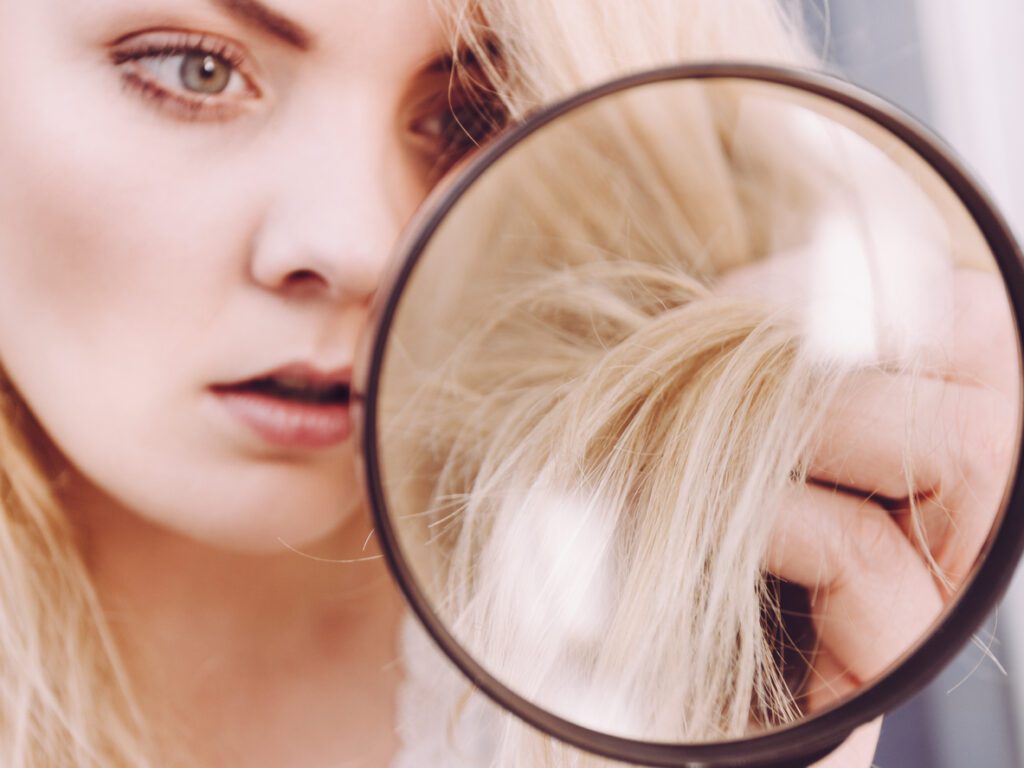
Yes, you absolutely can. When it comes to protein treatments, it is all about balance. If you overload your hair with protein and not enough moisture, strands can become dry, brittle, and prone to breakage. Balanced curls will feel healthier, have more bounce, and look less frizzy.
What are the best hair protein-based products for curly hair?
Shampoos, conditioners, and stylers often contain protein, but in much smaller concentrations than you would find in a protein treatment. Depending on the amount of protein, it may be fine to use them daily or weekly. Small concentrations are typically from 0.25 – 1.0 % compared to protein treatments, such as protein-rich deep conditioners or protein-reconstructor treatments, that can contain 5-25% protein. That is why protein-based treatments should be used occasionally (only once or twice a month, if at all) and followed by a moisturizing conditioner. For most curlies, a little bit of protein and plenty of moisture on a biweekly or weekly basis is ideal. This combination keeps the hair strong and healthy.
When should you be careful of protein overload?
If your hair is fine, or if you have low porosity hair, you should avoid protein treatments altogether. Fine hair is more delicate by nature, so too much protein can make it brittle and lead to breakage. Low porosity hair has difficulty absorbing moisture. Too much protein can overload this hair type leaving it once again, dry and brittle. If you have curly or coily hair that has not been chemically treated or colored, it is likely that you fall into the low porosity category. Rotating protein-containing products with ones without proteins can be beneficial. Alternatively, a moisturizing conditioner or deep conditioner paired with a protein product often works well as the protein helps seal in the extra moisture.
Chemically treated, colored, or heat-damaged hair is often high-porosity hair and requires protein along with regular protein treatments to help your curls look, bounce, and feel healthier. The more damaged the hair, the greater the extent hydrolyzed proteins will be absorbed and retained.
So remember this:
- Low porosity, healthy hair
- Use products with small hydrolyzed protein
- Avoid protein treatments, or products with larger (non-hydrolyzed) protein in your styling (gel or mousse) products
- Medium to high porosity, healthy hair
- Use products with both small and large hydrolyzed proteins
- Avoid protein treatments, and avoid a lot of protein in your styling (gel or mousse) products
- High porosity, damaged hair
- Use products with both large hydrolyzed and whole proteins
- Incorporate a monthly protein treatment into your routine
What are hydrolyzed proteins?
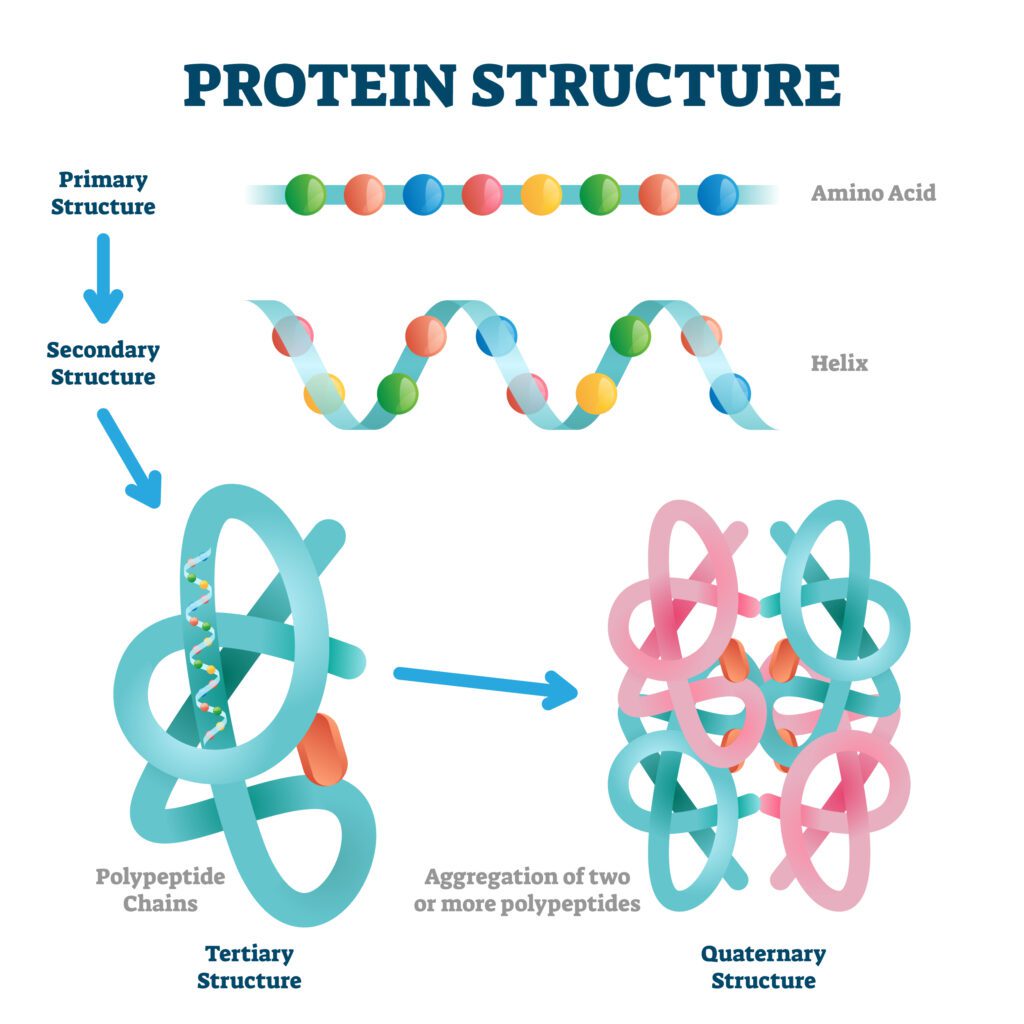
Most proteins are large, high molecular weight molecules, unable to penetrate the hair fiber and instead binding to the surface of the hair. Hydrolyzed proteins have been broken down to a smaller size so that they can penetrate the cuticle layer and be absorbed more easily into the hair fiber. Absorption into the hair fiber increases the strength and elasticity of the hair. These smaller proteins also bind quickly and aggressively to the outside of hair fibers to provide moisture-retention, humectant properties, smoothing and detangling, as well as shine. They can form a film on the hair and interact strongly with the protein residues of the cuticles to build a strong bond. Scientists have also developed hydrophobic (oil or silicone) modified proteins that impart shine, reduce resistance, and make hair healthier looking.
What should you look for in an ingredients list?
Generally, hair products list the ingredients that are used in the highest concentration first. That means if an ingredient is not listed in the first five, it is likely not much of that ingredient is in the product.
Common proteins used in hair products include:
Small hydrolyzed proteins
Amino acids (silk, milk, and wheat amino acids)
Peptides
Hydrolyzed Silk
Hydrolyzed Hazelnut
Hydrolyzed Collagen
Hydrolyzed Avocado
Hydrolyzed keratin
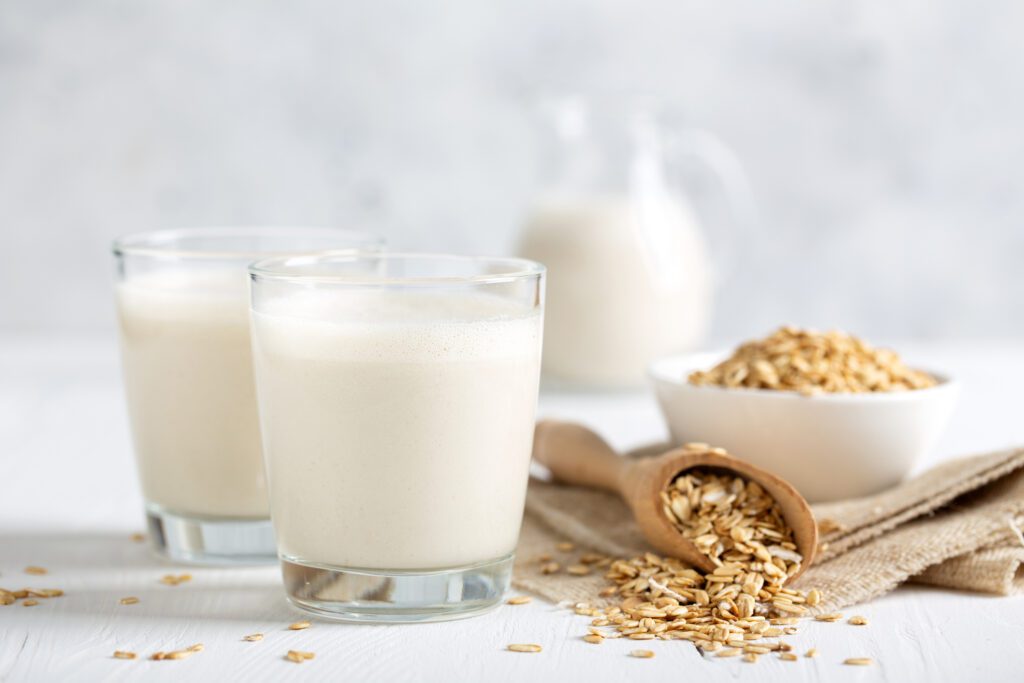
Large hydrolyzed proteins
Hydrolyzed wheat protein
Hydrolyzed oat protein
Hydrolyzed soy protein
Hydrolyzed vegetable protein
Hydrolyzed keratin
Hydrolyzed collagen
Hydrolyzed corn protein
Hydrolyzed quinoa protein
Hydrolyzed lupine protein
Hydrolyzed rice protein
Hydrolyzed milk protein
Hydrolyzed sweet almond protein
Hydrolyzed amaranth protein
Hydrolyzed jojoba
Whole proteins
Jojoba protein
Blue-green algae
Quinoa seed extract
Animal protein
Casein
Collagen
Keratin
Milk protein
Oat flour
Panthenol
Rice protein
Soy protein
Wheat protein
Modified proteins
Potassium cocoyl hydrolyzed collagen
TEA-cocoyl hydrolyzed collagen
TEA-cocoyl hydrolyzed soy protein
Cocoyl hydrolyzed collagen
Cocoyl hydrolyzed keratin
Cocodimonium hydroxypropyl hydrolyzed casein
Cocodimonium hydroxypropyl hydrolyzed collagen
Cocodimonium hydroxypropyl hydrolyzed keratin
Cocodimonium hydroxypropyl hydrolyzed rice protein
Cocodimonium hydroxypropyl hydrolyzed silk
Cocodimonium hydroxypropyl hydrolyzed soy protein
Cocodimonium hydroxypropyl hydrolyzed wheat protein
Cocodimonium hydroxypropyl silk amino acids
Cystine Bis-PG-Propyl Silanetriol (derivative of keratin protein)
Hydrolyzed Wheat Protein PG-Propyl Silanetriol (silicone modified wheat protein)
Here are four popular protein-rich hair products (the protein is italicized) you can easily purchase on curlplanet.com:
